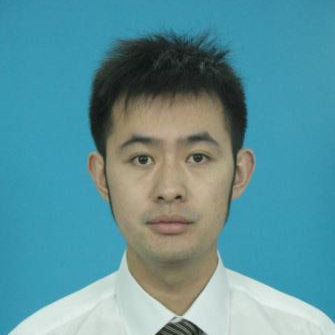Fundamentals and Applications of Multiphase Flow and Heat Transfer
A special issue of Energies (ISSN 1996-1073). This special issue belongs to the section "J1: Heat and Mass Transfer".
Deadline for manuscript submissions: closed (30 November 2022) | Viewed by 7696
Special Issue Editors
Interests: multiphase flow and heat transfer; complex drop flow dynamics; gas liquid mixing in propulsion and power systems
Special Issue Information
Dear Collagues,
Multiphase flow and heat transfer have wide applications in the fields of new and renewable energy, cleaning coal technology, nuclear energy, as well as mechanical engineering, petrochemical engineering, environmental engineering, etc. In order to achieve safety, high efficiency, and emission reduction in industrial processes, we must extend our research beyond its previous limits, broaching the fundamentals of multiphase flow and heat transfer in an interdisciplinary manner and focusing on extreme working conditions, complex fluids, cross-scale coupling, etc. This Special Issue entitled “Fundamentals and Applications of Multiphase Flow and Heat Transfer” aspires to highlight the frontiers and recent progress in a broad range of theoretical studies and applications, covering a broad range of topics of interest, including but not limited to the following:
- Cavitation, biomedical, acoustics, nucleation;
- Collision, agglomeration, and breakup;
- Colloidal and suspension dynamics;
- Condensation, boiling, evaporation;
- Contact line structure and dynamics;
- Industrial applications;
- Interfacial phenomena;
- Jet, spray, atomization;
- Micro- and nanoscale multiphase flows;
- Modelling and computational methods;
- Particle, bubble, and droplet dynamics;
- Reactive multiphase flows;
- Turbulence in multiphase flows.
Prof. Dr. Bofeng Bai
Dr. Ke Wang
Guest Editors
Manuscript Submission Information
Manuscripts should be submitted online at www.mdpi.com by registering and logging in to this website. Once you are registered, click here to go to the submission form. Manuscripts can be submitted until the deadline. All submissions that pass pre-check are peer-reviewed. Accepted papers will be published continuously in the journal (as soon as accepted) and will be listed together on the special issue website. Research articles, review articles as well as short communications are invited. For planned papers, a title and short abstract (about 100 words) can be sent to the Editorial Office for announcement on this website.
Submitted manuscripts should not have been published previously, nor be under consideration for publication elsewhere (except conference proceedings papers). All manuscripts are thoroughly refereed through a single-blind peer-review process. A guide for authors and other relevant information for submission of manuscripts is available on the Instructions for Authors page. Energies is an international peer-reviewed open access semimonthly journal published by MDPI.
Please visit the Instructions for Authors page before submitting a manuscript. The Article Processing Charge (APC) for publication in this open access journal is 2600 CHF (Swiss Francs). Submitted papers should be well formatted and use good English. Authors may use MDPI's English editing service prior to publication or during author revisions.
Keywords
- Multiphase flow
- Heat transfer
- Interface dynamics
- Phase change
- Modelling
- Particle dynamics
- Bubble dynamics
- Droplet flow
- Multi-component flows
- Complex fluids






